HEALTH
NASA astronomers witness for the 1st time a dead star consuming ingredients of planets
Published
2 years agoon
A dead star is consuming its planetary system in an unusual case of cosmic cannibalism, according to researchers.
The dead star, a white dwarf, has been observed consuming both rocky-metallic and icy material a first.
We have never seen both of these kinds of objects accreting onto a white dwarf at the same time, said Ted Johnson, the lead researcher and recent University of California, Los Angeles bachelor’s graduate.
Using archival data from NASA’s Hubble Space Telescope and other NASA observatories, astronomers measured the presence of nitrogen, oxygen, magnesium, silicon, iron, and other elements.
The best fit for our data was a nearly two-to-one mix of Mercury-like material and comet-like material, which is made up of ice and dust, Johnson said. Iron metal and nitrogen ice each suggest wildly different conditions of planetary formation. There is no known solar system object with so much of both.
When a star similar to the sun nears the end of its life, it expands into a red giant, losing its outer layers and reducing its mass. When this happens, the other objects in the system are scattered and thrown into new orbits.
After the red giant phase, the white dwarf star that remains is compact no larger than Earth. The wayward planets end up getting very close to the star and experience powerful tidal forces that tear them apart, creating a gaseous and dusty disk that eventually falls onto the white dwarf’s surface, Johnson said.
The research team at UCLA, the University of California, San Diego, and the Kiel University in Germany presented their results at an American Astronomical Society press conference on Wednesday.
More From Sci + Tech
-


Aruba Aloe Balm Recalls Hand Sanitizers And Aloe Gels Due…
-
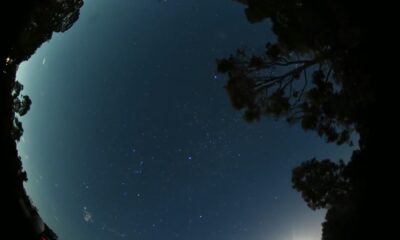

Night Sky in Australia from Perth Observatory’s Geminids Night
-
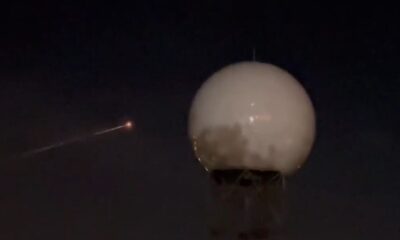

Space X Carrying Crew-6 Passes by Radar/Through Sky in Tampa…
-
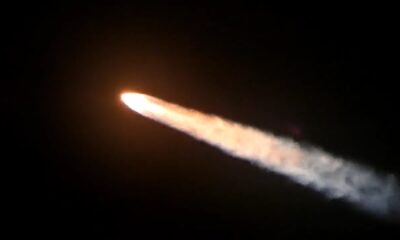

NASA Artemis I – This was seen from Port Orange,…
-
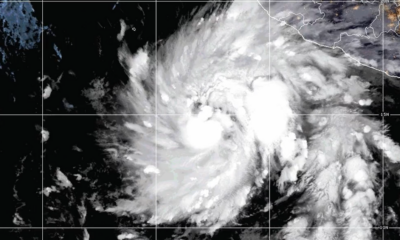

NOAA Satellites Show Hurricane Norma Turning in the Pacific Ocean…
-
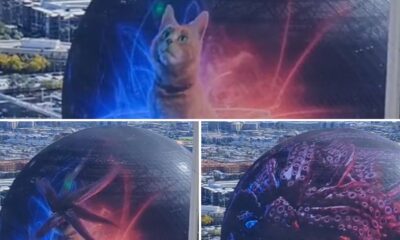

Sphere – Marvel Character: Cat Turns Into Alien Creature (Called…
-
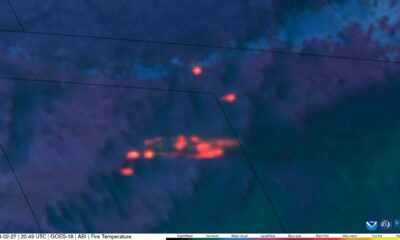

CIRA Satellites Show Image of Smokehouse Creek Fire on Texas/Oklahoma…
-


From Partial Eclipse on 10/14/23: Don’t have glasses to view…
-
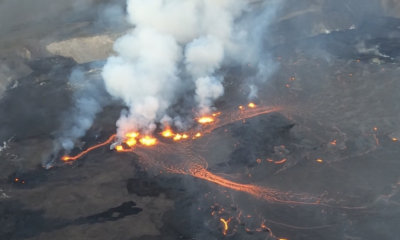

Hawaii’s Kilauea Volcano Erupts for the Third Time this Year.…
-
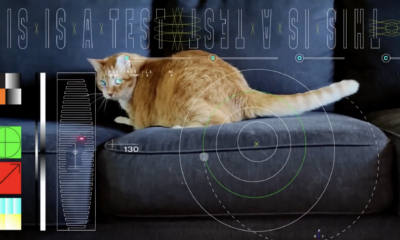

NASA Streams Video Of Cat Named Taters Playing With A…
-
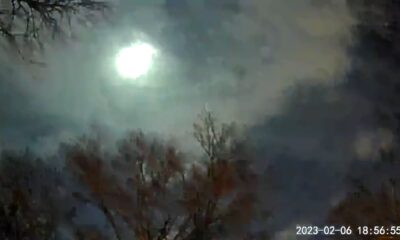

Bright Meteor Soars Through the Sky in Arkansas
-
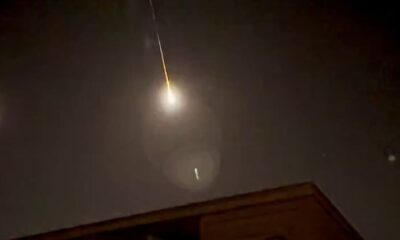

Meteor Seen Over Berlin on 1/21/24.
